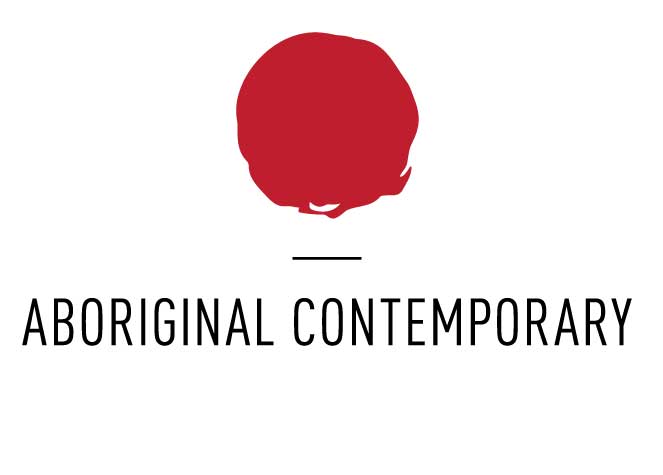
Work on perspex, Mangkaja Arts, MCA 2019
In the 1980s and 1990s, the Aboriginal art world boomed. Major exhibitions increasingly included or were devoted to Aboriginal art; national institutions acquired pieces for their collections; and exhibitions at major international galleries drew critical acclaim. In 1990, Aboriginal artists Rover Thomas and Trevor Nicholls represented Australia at the Venice Biennale. It was a turning point that saw Aboriginal art start to be seen as contemporary art rather than ethnographic, tribal, native or traditional art. During this period, many Aboriginal-run art centres were established in remote communities - driven by artists and supported by non-Aboriginal experts.
As the millennium turned, both sales and prices rose, reaching a peak in 2007, when Emily Kame Kngwarreye’s 'Earth's Creation', sold for more the $1m and Clifford Possum’s, 'Warlugulong' was bought by the National Gallery of Australia for a record-breaking $2.4m.
Like many other sectors, Aboriginal art’s boom years came to an abrupt end with the 2008 Global Financial Crisis. Sales declined, galleries closed and changes to superannuation - preventing art in super funds from being displayed - only added to the pain.
Thankfully, the second decade of the new millennium has seen a solid recovery with sustained growth both in Australia and overseas. Exciting new artists have emerged and much has also been done to reassure buyers about the provenance of the art they are buying and the ethics of the industry.
At Aboriginal Contemporary, we are optimistic about the future and excited about the next golden age of this unique Australian art movement.

